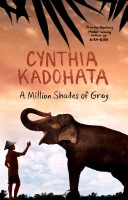
A boy and his elephant escape into the jungle when the Viet Cong attack his village immediately after the Vietnam war. Includes a special note from the author.
Material appropriate for intermediate age groups

A boy and his elephant escape into the jungle when the Viet Cong attack his village immediately after the Vietnam war. Includes a special note from the author.

This engaging series examines places around the globe where life is anything but serene.
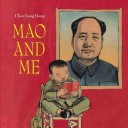
Chen’s book tells his story of growing up during the Cultural Revolution (between 1966 and 1976) in China.
See the review at WOW Review, Volume 3, Issue 2
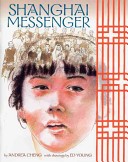
A free-verse novel about eleven-year-old Xiao Mei’s visit with her extended family in China, where the Chinese-American girl finds many differences but also the similarities that bind a family together.
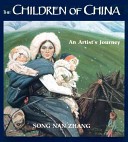
Before coming to Canada, while he was still an art teacher in Beijing, Song Nan Zhang traveled from Inner Mongolia east, south, and north to find and paint unusual scenes of Chinese family life.Here are the children who grow up in the saddle with their nomadic parents or become as agile as the mountain goats they tend. A boy plays chess on the ground with his shepherd grandfather. A teenager tends her father’s pottery shop. At festivals a child plays hide-and-seek, behind yellow parasols, and stilt dancers wait to compete.
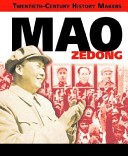
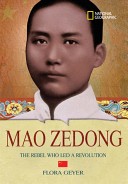
Born in Southern China in 1893, this farmer’s son would rule the world’s most populous country. The young Mao Zedong grew up in a world desperate to break with the ancient rules of the Qing dynasty. Mao challenged convention early in life, and was expelled from school. He joined China’s new Communist Party, and led China’s historic revolution. Hailed by many as a truly liberating hero, others demonized him as a brutal monster. This biography outlines the revolutionary life of the first leader of the People’s Republic of China and sets his march to power in the context of world history.
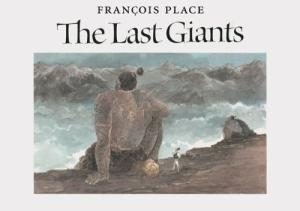 The Last Giants is an exceptional book, containing a poignant message about the fragility of our world and its inhabitants’. After finding a huge tooth on the docks, English explorer Archibald Leopold Ruthmore sets out to seek the race of giants to whom the tooth belongs and discovers nine giants, the survivors of a singularly gentle and kindly race.
The Last Giants is an exceptional book, containing a poignant message about the fragility of our world and its inhabitants’. After finding a huge tooth on the docks, English explorer Archibald Leopold Ruthmore sets out to seek the race of giants to whom the tooth belongs and discovers nine giants, the survivors of a singularly gentle and kindly race.
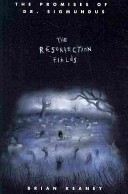
“Keaney’s concoction of sci-fi, horror, and fantasy is remarkably effective. Sigmundus is a villain who will haunt readers.”—The Bulletin Beginning where Book 2, The Cracked Mirror, left off, this finale to the Promises of Dr. Sigmundus trilogy takes readers into bizarre realms with fanciful creatures, continuing its signature exploration of the price of freedom and self-determination. Focusing on the ongoing struggles of its teenaged protagonists, Dante and Bea, it is a journey at once thrilling and thoughtful, with plenty to offer for pure reading enjoyment and book discussion. This trilogy is satisfying for fantasy fans but also accessible to the less-than-hardcore genre enthusiast.
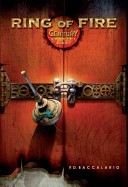
Every hundred years, four kids from four cities must save the world.Rome, December 29.A mix-up with their reservations forces Harvey from New York, Mistral from Paris, and Sheng from Shanghai to share a room with the hotel owner’s daughter, Elettra. The four kids discover an amazing coincidence—they all have birthdays on February 29, Leap Day. That night, a strange man gives them a briefcase and asks them to take care of it until he returns. Soon afterward, the man is murdered.The kids open the briefcase. In it they find a series of clues that take them all over Rome, through dusty libraries and dark catacombs, in search of the elusive Ring of Fire, an ancient object so powerful that legend says even a Roman emperor couldn’t control it.In the first book of the Century quartet, Italian author P. D. Baccalario begins a mystery that will take four cities and four extraordinary kids to solve.